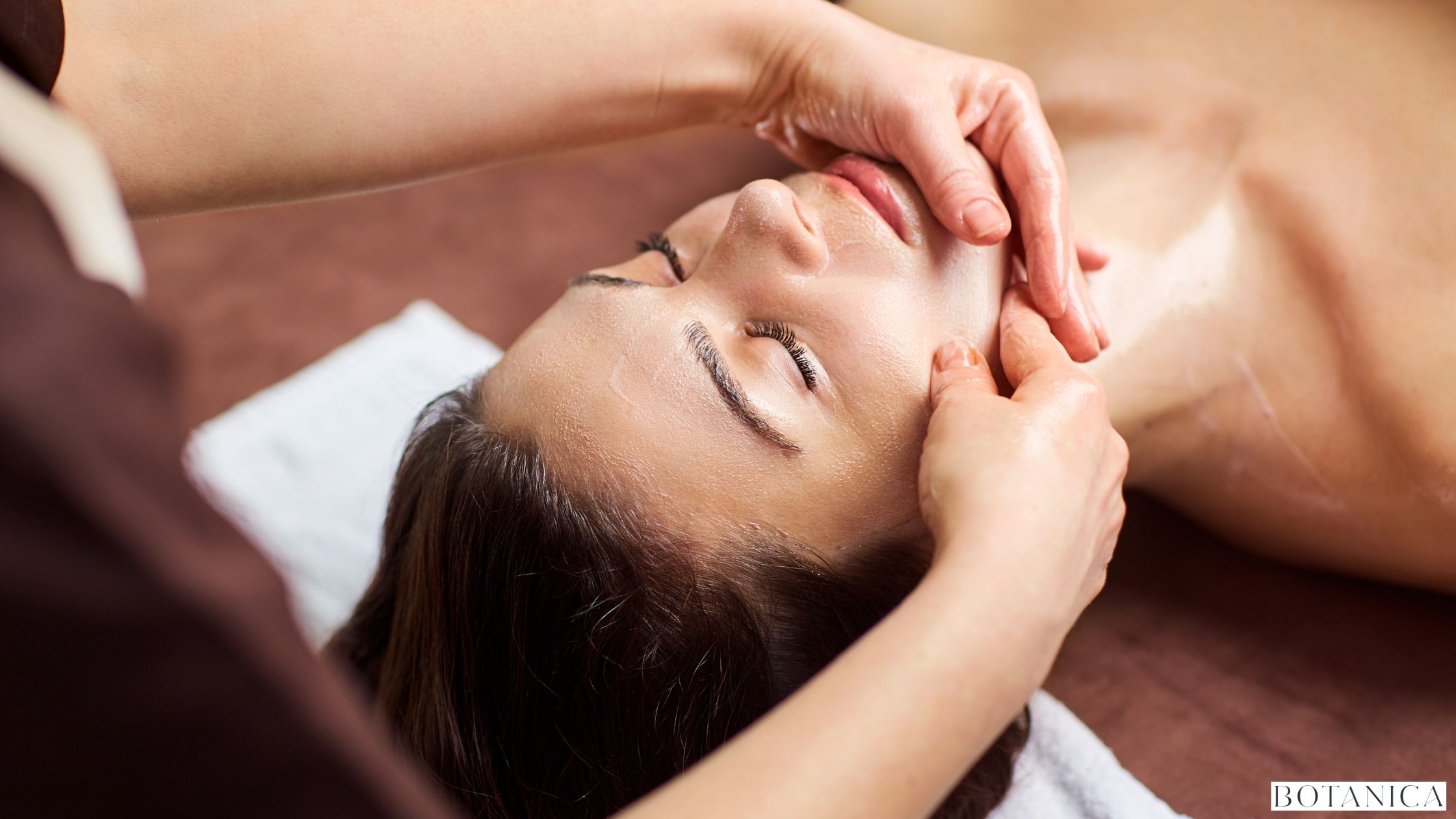
Should You Rewear Workout Clothes?
If you’ve ever forgotten to press start on the washing machine and realized you have that cycling class in half an hour but no fresh workout clothes, you’re not alone. But before you dig those used clothes out of the hamper, you should know the potential health risks. Various skin conditions can arise from rewearing clothing due to bacteria, yeasts, and fungus.
So, how bad is it to rewear workout clothes, really? We did the research on whether or not it’s okay to slip into used workout clothes when the need arises and what to consider before you do.
Is It Bad to Rewear Workout Clothes?
The short answer is yes. They can harbor bacteria that can cause acne and folliculitis. Something to be worried about is fungal folliculitis—when the hair follicles become inflamed, caused by a bacterial or fungal infection—when rewearing sweaty workout clothes.
When you exercise and sweat, your pores open up, and dirty clothing could push growing bacteria, yeast, and fungus into the skin.
Factors to Consider Before You Rewear
You should consider how much you actually sweat in the clothes before you rewear them. For instance, if you participated in a high-intensity class that left your bra and leggings drenched, it isn’t wise to rewear those clothes. If you have the option of choosing used clothing that you used for less-sweaty endeavors, choose those instead.
It also depends on which items of clothing you are considering. You could certainly rewear non-sweaty gear like a sweatshirt, but sports bras and tight shorts shouldn’t be reworn after being sweat in.
It’s best to wash these in warm water with detergent to kill bacteria and yeast that can cause infections, irritation, and breakouts. It’s especially vital to avoid rewearing workout clothing if you have any open wounds, cuts, or rashes. These open areas can develop an infection if bacteria harbored in dirty clothing come into contact. Some infections, like Staphylococcus aureus (MRSA), are resistant to antibiotics and can cause serious infections.
Potential Side Effects
The potential side effects of rewearing workout clothes are several skin conditions, such as:
Acne: Caused by C acnes bacteria, acne can develop on your chest or back from dirty workout clothes, pushing bacteria and dead skin cells into your pores and blocking and inflaming them.
Folliculitis: Caused by staph aureus and other bacteria on the skin that gets into the hair follicle. It can cause small, red bumps that might look like whiteheads and be sore and itchy.
Intertrigo: An overgrowth of yeast on the skin in skin sites that touch. It is a rashy area that develops especially in moist areas that tend to chafe, breaking down the skin.
Tinea versicolor: An overgrowth of yeast on the skin that looks patchy and discolored. You’ll typically see it on your abdomen, back, and shoulders.
Yeast can especially grow under your breasts or in the groin area if you rewear workout clothing. These warm, moist areas are more susceptible to bacteria and yeast growth and can cause recurring infections. If you must rewear workout clothing, make sure it’s not a bra or bottoms.
When to Wear Fresh Clothes
It’s recommended washing your workout clothes after each use. In other words, whenever possible, wear fresh clothing. However, there are exceptions: Again, top layers or those that didn’t get wet or moist can be reworn 2–3 times.
Leaving your clothes to sit in the laundry pile, especially when it’s humid, can grow all sorts of nasty bacteria, yeasts, and fungus. It’s a smart idea to get into the habit of washing your clothes straight away. If you forgot to set the washing machine and you’re desperate, try handwashing your close-to-the-skin items like bras and shorts or leggings in the sink. You can then toss them in the dryer or hang them in the sun to dry.
In the dryer, I use eco-friendly wool dryer balls with about 10 drops of lavender essential oil to help soften my clothes and to avoid static cling. Dryer balls can help speed up drying time when you’re in a rush.
The Takeaway
The risks of rewearing workout clothes make it not worth the chance. An infection or rash could set you back by becoming too uncomfortable to manage, interfering with your workouts. Instead of grabbing clothes out of the dirty laundry pile to wear when you’re in a rush, either wash them by hand or pull out an old but clean T-shirt and shorts that may be hiding in your pajama drawer. Try to make washing your workout clothes directly after your sweat sessions a part of your routine, and you’ll always have fresh clothes ready to go.



Leave a Reply